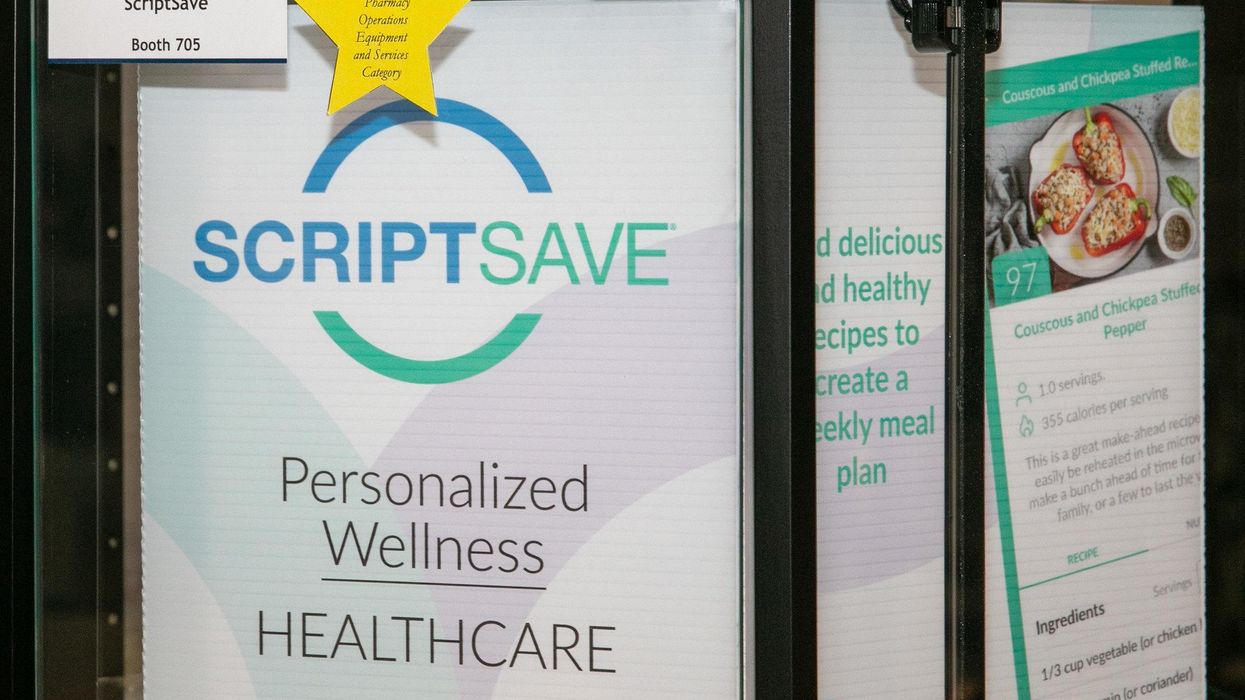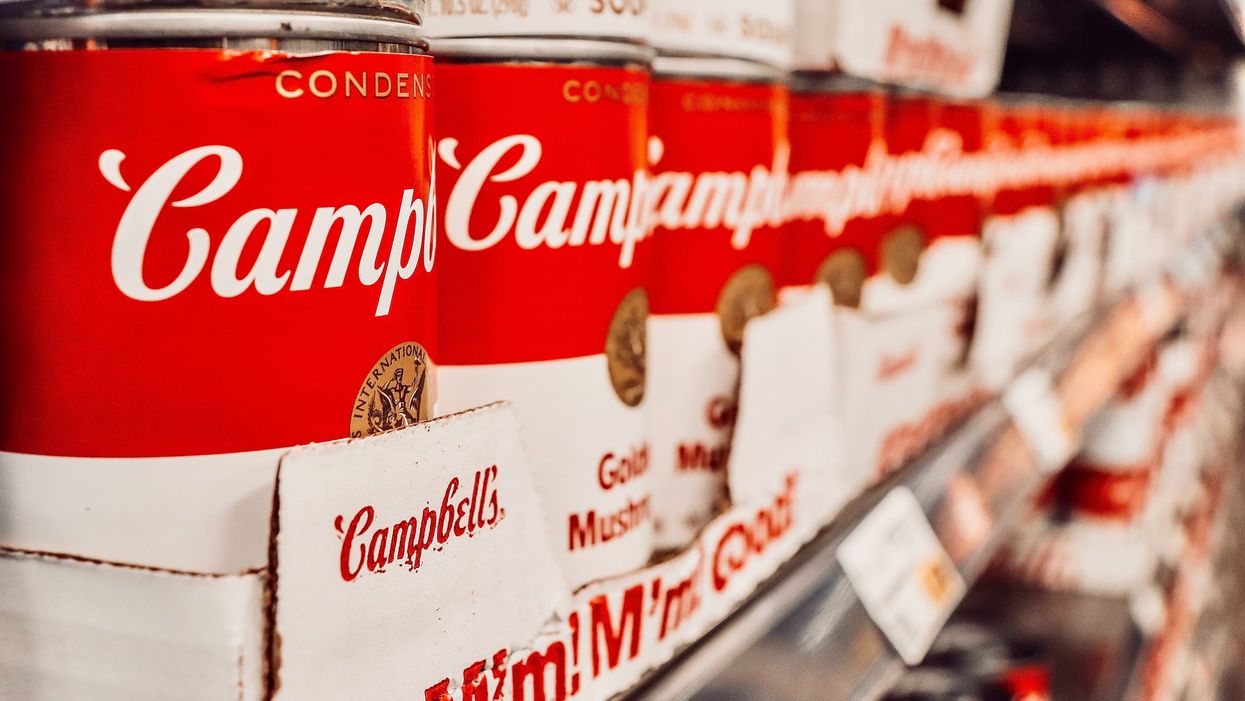Providing more information to consumers can empower them to make purchasing decisions with confidence. Add in a person’s specific needs and preferences, and it creates opportunities to provide recommendations that lead a person to the choice that’s best for them.
ScriptSave is harnessing this recipe for personalization, and applying it to how the choices people make every day influence their health. A division of the pharmacy benefit manager MedImpact, 25-year-old ScriptSave provides people with discounts on prescription medication through pharmacies and direct-to-consumer channels.
A few years ago, it branched out into an area that could provide health benefits beyond direct treatment, and even prevent the need for medication. With a tool that launched in 2020, ScriptSave is aiming to help people use nutrition to improve their health. In particular, it is aiming to provide people with information that can be used in the food choices they make, whether at a restaurant or grocery store.
“The crux of what we do is to use technology to help people find foods that are really truly aligned to their specific health conditions,” said Jane Schmitt, director of product innovation at ScriptSave. The Current spoke with Schmitt at the National Association of Chain Drug Stores Total Store Expo, where ScriptSave was named the winner in the pharmacy operations category at the product showcase.
Under the banner of ScriptSave WellRx Personalized Wellness, the company offers a white-labeled application that creates a health profile for a user, then uses technology to help them find foods that are right for them, based on their health needs. To create the profile, users input information about health conditions, diet and any allergies, along with metrics from connected devices or other health-related measures.
This information is then applied to help them make food chocies at a number of locations.
Within the app, over 500 recipes are also available. Using information from the health profile, the app scores these recipes based on what is best for a consumer. The information is also used to assist with meal planning. When selecting an item, a feature called “Better for You” can make recommendations on products that best fit one’s profile.
The app also blends health information with grocery ecommerce. Once users decide on an item, they have the option to add it to a list for a grocery delivery service such as Instacart, Kroger or Amazon Fresh.
If a user is at a restaurant that is a national or local chain, they can also use the app to find nutritional information from items on the menu.
For people who are browsing at the grocery store, the app includes a barcode scanner that they can use to look up nutritional information of a product. The app then provides a score that indicates whether it will be aligned to a person’s health needs.
Showing information on ingredients and preparation, this feature can double as a handy tool to determine whether a product that is advertised as being good for you is actually healthy. With an unbiased look at what’s in the food we eat, the results of a scan through the home pantry can be surprising.
“We all think we eat healthy, and you discover that there are things that come into your house that you don’t know aren’t good for you,” Schmitt said.
No matter where a person is making food choices, the goal is to put the information to make decisions in their hands. Within the application, the nutrition capabilities are combined with tools that can help users stick to a medication regimen, and monitor their health to potentially see the impact of healthy eating.
“It’s really putting all of the tools into a consumer’s hands so you can eat healthier and, through nutrition, address some of your health conditions,” Schmitt said.
Going forward, Schmitt said the team is looking to add offers to the application that will provide discounts on the food that is good for them.
“We’re not partial to specific brands. It’s really about, is this good for someone or not?” Schmitt said. “If there is an offer to help somebody save money, we want to be able to surface that and help educate users about different products.”
The company has helped people save money on medications for 25 years. Now it wants to help people eat better, and save money on healthy foods, too.












